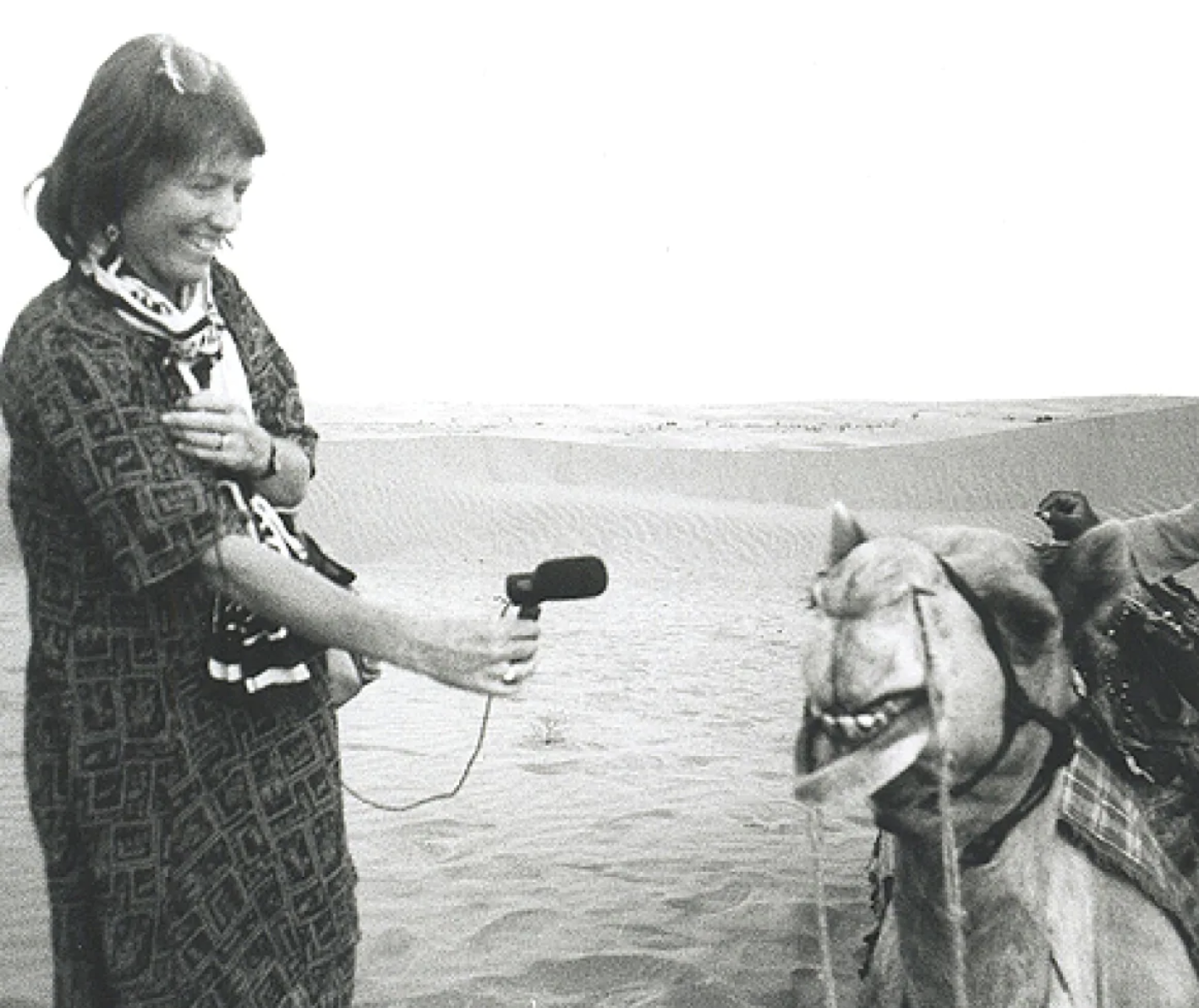Hildegard Westerkamp is a Canadian-German artist who studied music at the University of British Columbia and has dedicated her life to compositions of soundscape ecology. In these artworks, she seeks to learn new languages through conscious listening and the relationships that beings have with their culture, society and landscapes as involved and living participants. Therefore, these sound works highlight a call to reflect upon the United Nations Sustainable Development Goals such as Life on Land and Sustainable Cities and Communities.
The 2011 article, Soundscape Ecology, the Science of Sound in the landscape by Bryan C Pijanowski et. all, addresses how sound emanates from different and dynamic landscapes as biological, geophysical and human consequences. The primary focus of Hildegard Westerkamp is on the act of listening to itself, as it relates to our perception of space, our relationship to it, and the profound level of engagement that our ears provide with the world.
The range of Soundworks that the artist has developed is vast. She has made several compositions, installations, sound documents and music for films. Besides, she has written numerous articles and texts addressing soundscape issues, acoustic ecology and listening. Nonetheless, her artistry doesn’t just end there. The Canadian-German artist has also travelled widely as a travelling sound journalist, given lectures and conducted soundscape workshops internationally. Presently, she broadcasts her radio program, Soundwalking, in Vancouver.
Westerkamp’s sound works are mainly about the place and the situation. Furthermore, a hallmark of her work is that she includes her voice while recording the acoustic environment, linking soundscape and human vocal expression as a just piece of art. For instance, Into India (2012) can illustrate that, as it collects the most substantial experience and memory from her field trip together with natural sounds and other extra sound compositions that the artist mixes.
Among the Soundworks that most caught my attention is The Soundscape Speaks - Soundwalking (2021) and Sensitive Chaos (1995). The first one is a compilation of more than 40 years of sound recording, combined with thoughts about soundscape ecology, our relationship with the environment and our responsibility to protect and save it from further ravages. The second one, as she alludes on her website, was a Soundworks inspired by the German romantic writer Novalis and the anthroposophist, Theodor Schwenk regarding water in its sonic musical shapes.
“Novalis and Schwenk’s works inspired me to explore water: water's surfaces and depths, its playfulness and its dangers, its frozen and moving shape; never static, always in motion, fragile, sensitive to the smallest environmental changes, at the same time powerful, dangerous, shaping its path into landscapes. The landscape formations produce water's many and varying voices and resonances. When we listen to the water we can hear in its voices that it is a life-giving and life-preserving element of the earth,” said Westerkamp, Sensitive Chaos (1995).

Westerkamp’s Soundworks seek that human beings connect with their environments and be intricately intertwined with each other. Besides, the artist teaches us to listen profoundly to our interactions with our environment, as humans do not exist as separate entities in this world. For instance, she points out that sound walks become a conscious and ongoing practice in learning to change our pace in a society out of control. In order to promote improved communication between humans and the various beings that coexist within their shared cultural environment, it is essential to cultivate a familiarity with the soundscape. By incorporating the elements of biophony, geophony, and anthropology, a harmonious and sustainable composition can be achieved.
“From mutual understanding and reconciliation, a whole new dynamic emerges respect for everything and everybody that is heard and an equalization of differences and hierarchies. In other words, it is not so much the pedagogical approach or an educational method that deepens the understanding of ecological, social, and cultural relationships, but the action of listening to itself,” says Westerkamp, The practice of listening in Unsettled times (2017).
If you want to learn more about the artist's work, visit her website and listen to the live called Learning from sound, which took place alongside PRAKSIS Oslo in 2020.
